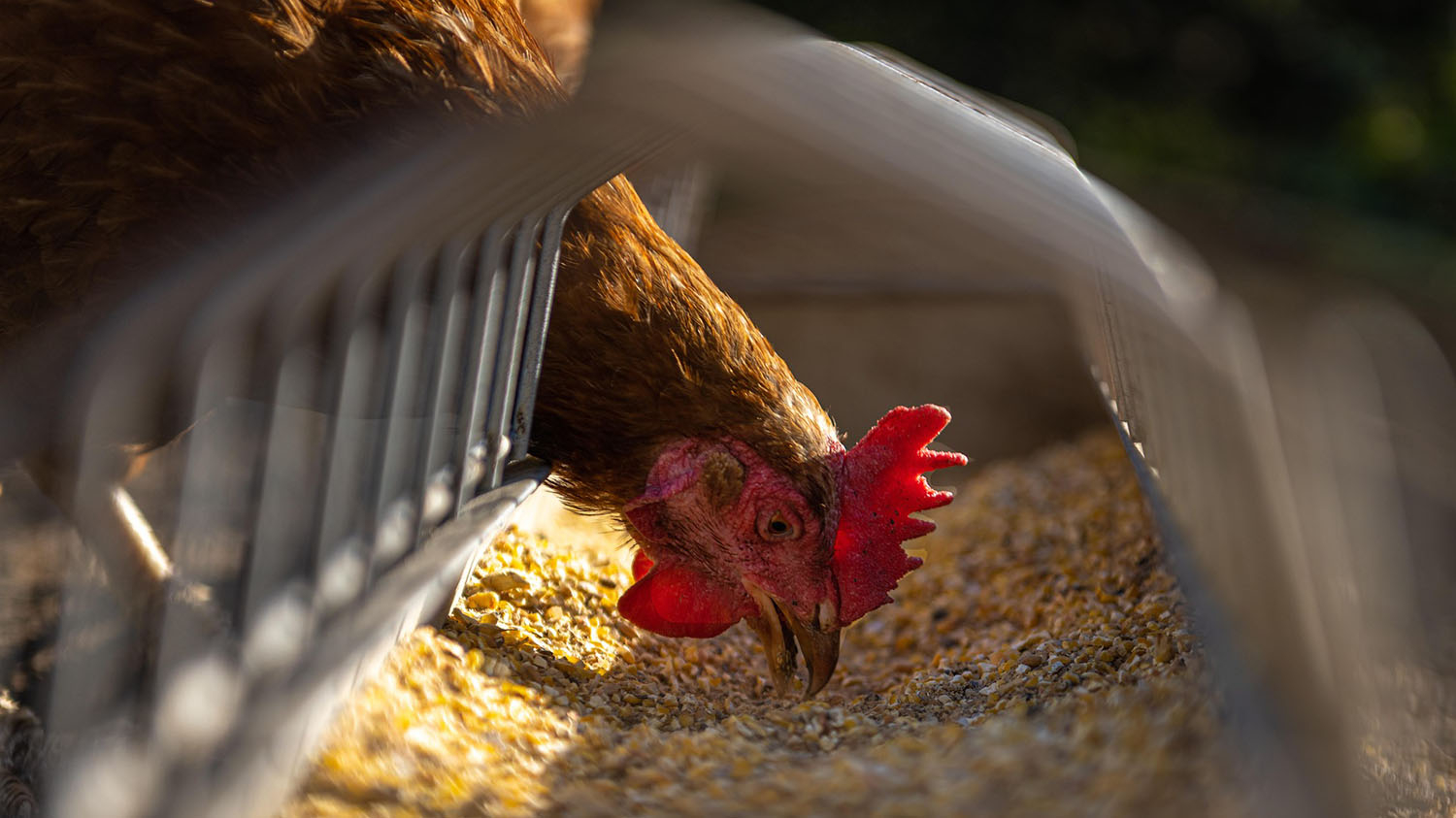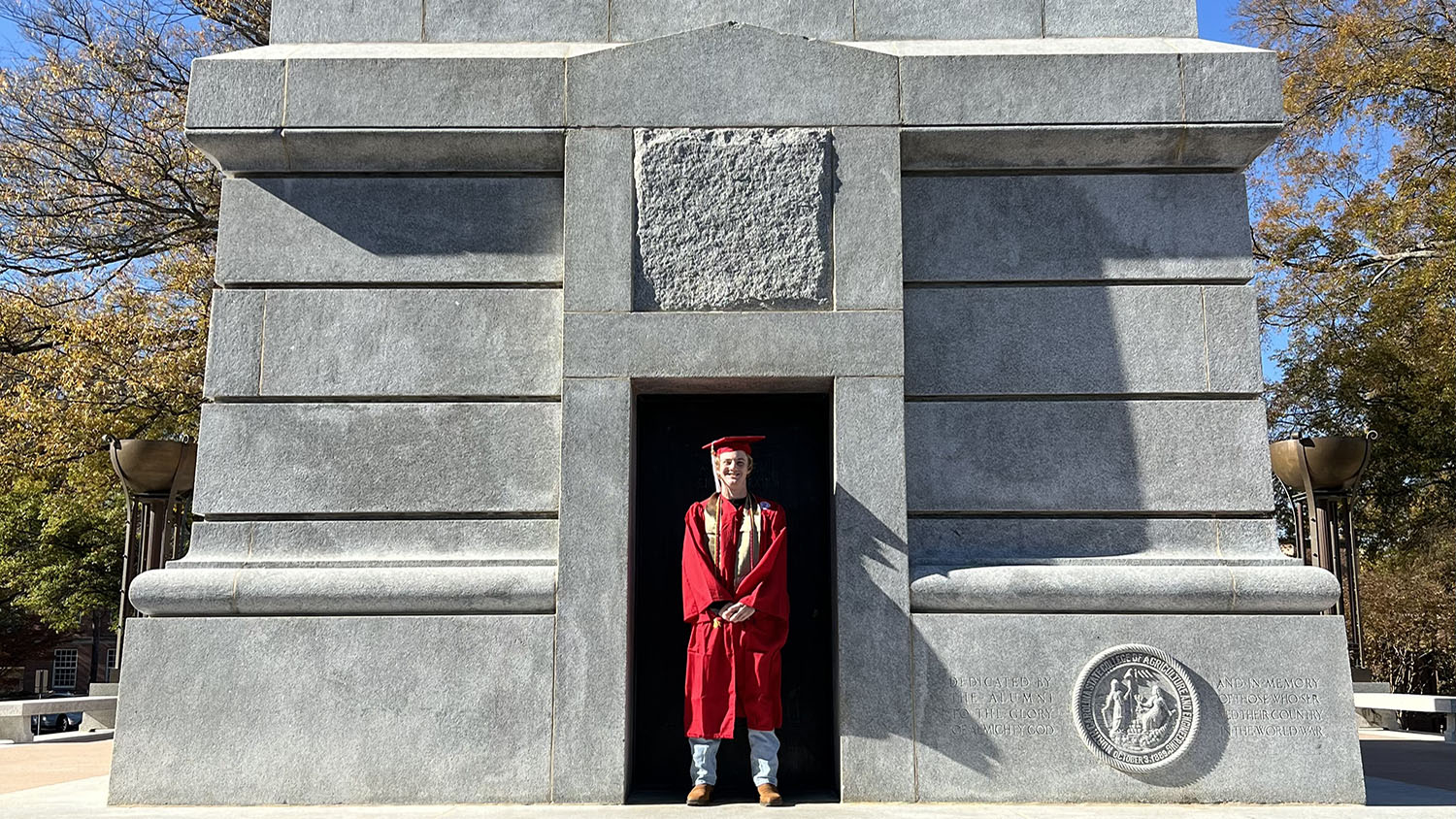Feed Mill Donates 11 Tons of Feed to Western North Carolina
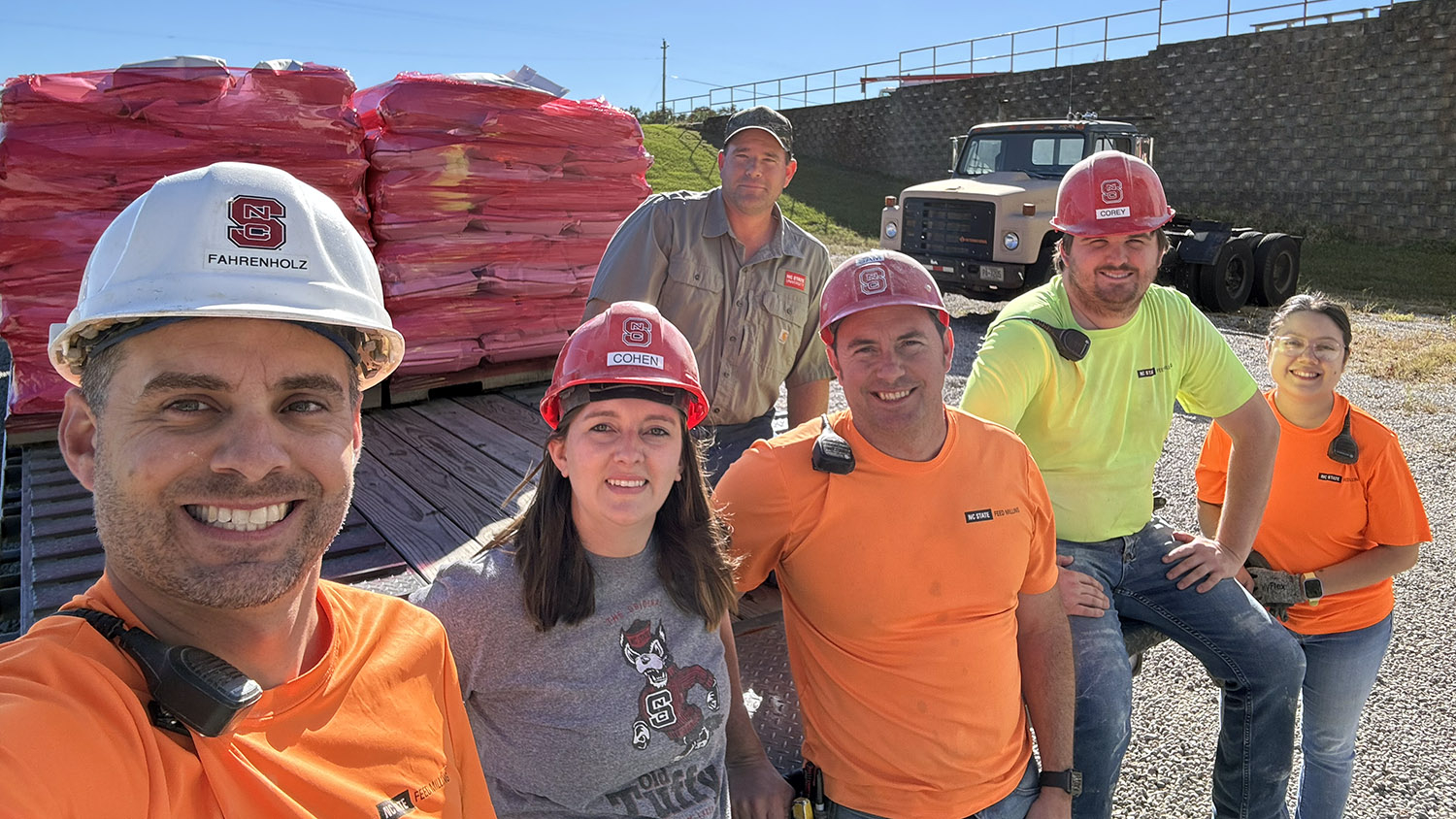
An outpouring of water, hygiene supplies and nonperishable food quickly made its way to communities in need in the days after Hurricane Helene swept through western North Carolina. But it soon became clear that it wasn’t just people who needed help. Food for animals, particularly livestock, was also in short supply, especially for small-scale farmers, some of whom lost feed in the storm.
Various entities, including businesses, private individuals, and offices within NC State University’s College of Agriculture and Life Sciences (CALS), began to coordinate donations of feed and hay to affected areas. However, word also reached Raleigh that one particular need that wasn’t yet being met was for small, non-commercial chicken flocks. That’s when CALS’ Feed Milling Program jumped into action to produce 11 tons of chicken feed to send to the region.
“We were concerned about the folks that might run out of feed before their local feed stores were again operating and accessible,” says Adam Fahrenholz, Associate Professor in the Prestage Department of Poultry Science and Feed Milling Program Coordinator. “So, we wanted to send something out that could be distributed one bag at a time for people who might need it for their animals.”
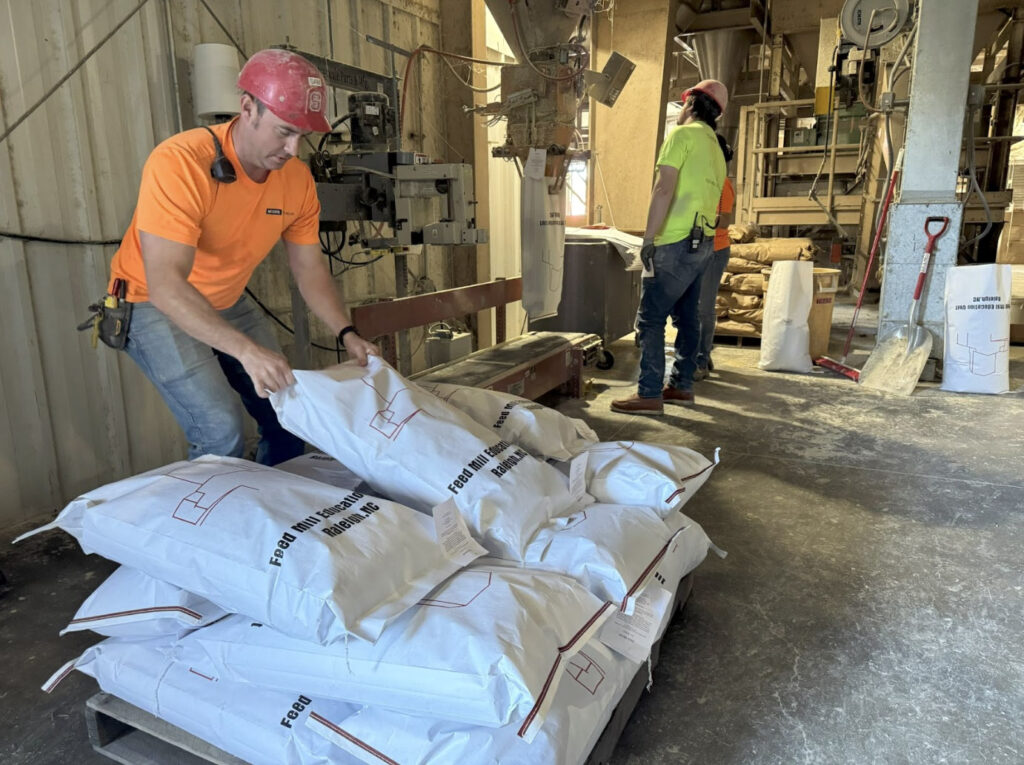
While NC State’s Feed Mill Education Unit serves the university, including its dairy, swine and poultry education units as well as the College of Veterinary Medicine, the facility doesn’t regularly produce stock feeds for private or commercial use. So, doctoral student Corey Wishon joined the effort and overnight created one diet for layers and another for chicks and other non-laying birds.
Wishon, who earned a bachelor’s degree in animal science and master’s degree in poultry science at NC State before pursuing his Ph.D. in poultry nutrition, was glad to assist with determining the necessary nutritional specifications for the chicken feed and developing the feed formulations.
“I thought it was great that we could offer a product instead of just buying supplies and sending them,” says Wishon. “It was nice to use our unique setup here to do a little bit of good.”
The ad hoc team, which also included other members of the Feed Milling Program and the staff at the Feed Mill Education Unit, quickly produced an initial 3 tons of feed which employees from NC State’s Lake Wheeler Road Field Laboratory delivered to the region in early October along with other supplies.
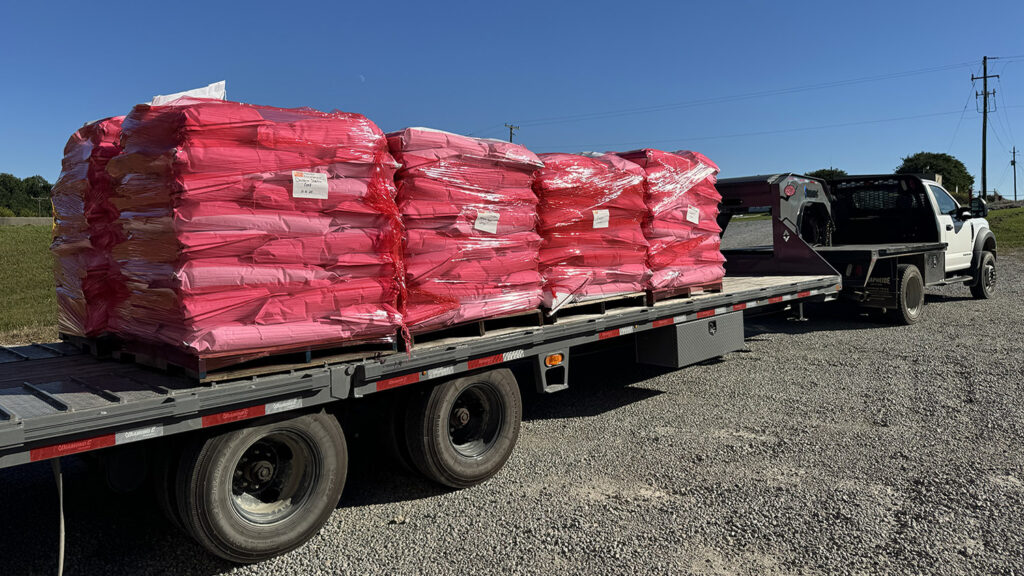
“The first amount was a few tons just to get something out there and the feedback was it basically disappeared as soon as it hit the parking lot,” says Fahrenholz.
Another 8 tons of chicken feed was made and shipped out less than a week later. Each 50-pound bag of feed could last anywhere from a few days to two or three weeks depending on the size of most private backyard flocks.
The synergy between the ability to quickly develop nutritionally adequate formulations, produce the feed and coordinate the logistics made all the difference when time was of the essence.
“We all knew we had an advantage of being able to move quickly and fill a need in that moment,” Fahrenholz says. “It was a relatively small thing, but we were glad to help keep animals from going hungry and to take one more concern away from people who already had plenty of other things to worry about.”
To learn more about the NC State Feed Milling Program, please visit feedmilling.ces.ncsu.edu.
This post was originally published in College of Agriculture and Life Sciences News.
